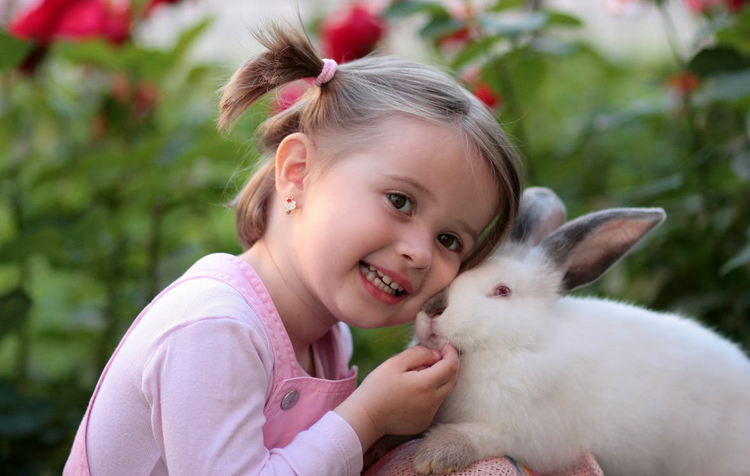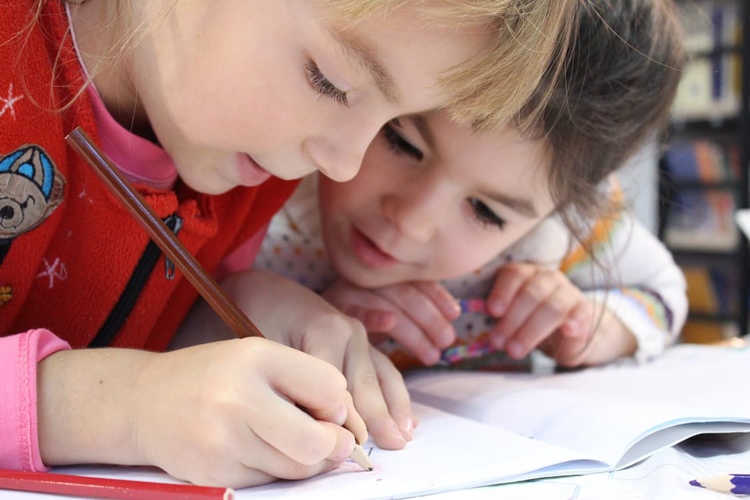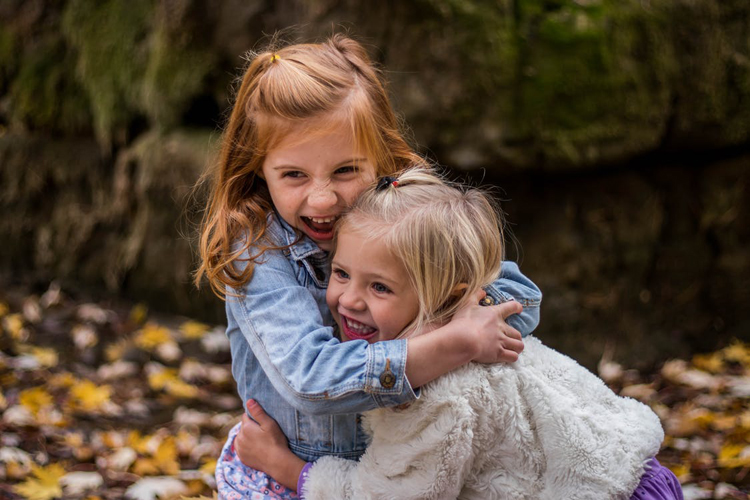Modeling Manners is the Best Way to Teach Them
It’s been said that children are sponges. They soak up information, attitudes, and behaviors from their environments. As the biggest parts of their environments, parents can see them mimic their own gestures, thoughts, and words. This point is really driven home when you, as a parent, hear your little one say a bad word. That’s when you realize your child is closely watching everything you say and do. That’s when you know it’s time to begin teaching and modeling good manners.

Respect for Others
We know babies can learn things and some say it’s easier for them to learn at an early age. Teaching them to be sensitive to other people’s feelings, or have respect for their feelings, is crucial. You probably do a pretty good job correcting your child when he hits others and also in teaching him how to be gentle with animals. But the child needs to know why to behave that way too.
He should know he hurts other peoples’ feelings as well as hurting them physically. When a child learns to behave in respect to others’ feelings, he is almost assured of having good manners because the two go hand in hand.
Good Words to Learn
When your child starts expanding his or her vocabulary, make sure he learns to say “please” and “thank you” too. Be sure to model this when you ask him or her to “please come here” and “thank you for doing that.” He is too young to understand that these words are part of social etiquette, but he will begin to understand he pleases you by saying them and he is also getting what he wants or needs by saying them. Be careful not to overdo it and require him to say the “magic words” with every sentence or even every request. It gets old fast, even for little ones, and then becomes easier to ignore.

Expanding Your Language and Interactions
Along with refraining from saying bad words yourself, it is important to teach and model polite behavior for toddlers and children between two and four. Add “pardon me” and “you’re welcome” to your language as you speak to your child and he will learn to speak to you and others in the same way.
Use these words when interacting with others and enlist their help too. Your child needs to see how you treat others in social situations and connect that with how you speak to them. Do you remember to say “please” and “thank you” to your waiter? Then he will too. How about the sales clerk, the mailman, the doctor, other kids, and adults too?
Putting a Name to It
Help your child learn to properly address people when speaking. Call him by his name when you make a request of him. For example, “Mike, will you please take this towel to the laundry room?” Direct him to address adults as “Mr. Brown” or “Mrs. Green” when he is speaking to others.
Let Children Mingle
Include your child in adult social situations, especially when there are no other children around. This will help keep him from acting out to get attention and gives him an up-close and personal view of how adults interact and speak with each other. At the very least, you should recognize and mark the child’s presence in acknowledgment that he is important.

Dress Appropriately
Dressing appropriately for the situation is another way of exhibiting good manners. Wearing jeans or leggings to a wedding is rude and is very likely to hurt the feelings of the bride, groom and their families too. Find the perfect dress for every occasion at Tobi.
Table Manners
Your child doesn’t need to learn how to properly use a shrimp fork, but table manners are important too. Whatever your rules are at the dinner table, reinforce them when eating out or at a friend’s house. Don’t accept throwing food, burping, or talking with food in your mouth and your young one will have an idea how to behave when eating elsewhere.
It can be overwhelming for you and your child to think about learning all the rules of etiquette. But if you first teach respect, then everything else follows. Remember, you are always the best teacher when it comes to respecting others and their feelings. Children will follow the example you set, good or bad.
